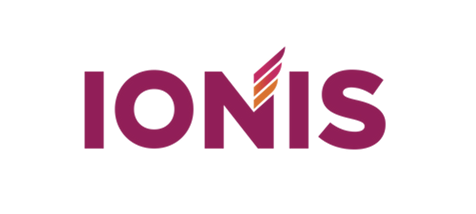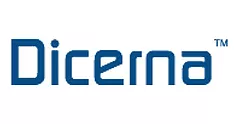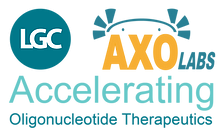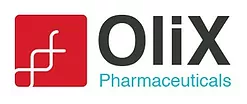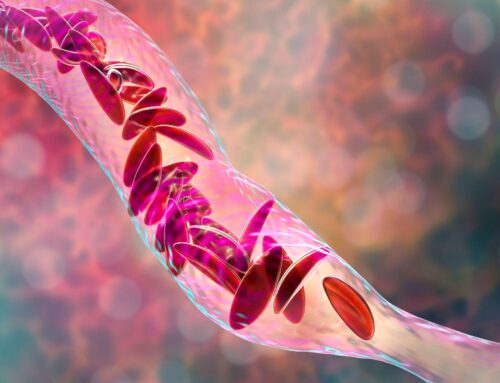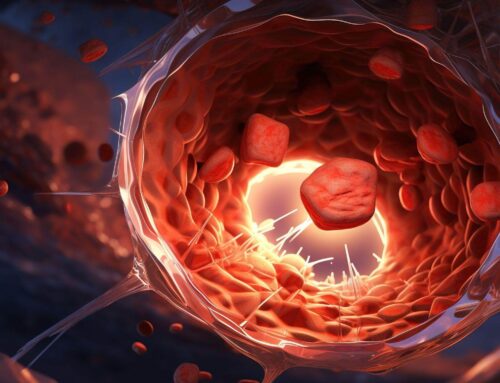Looking for something?
2021 Annual Meeting Highlights
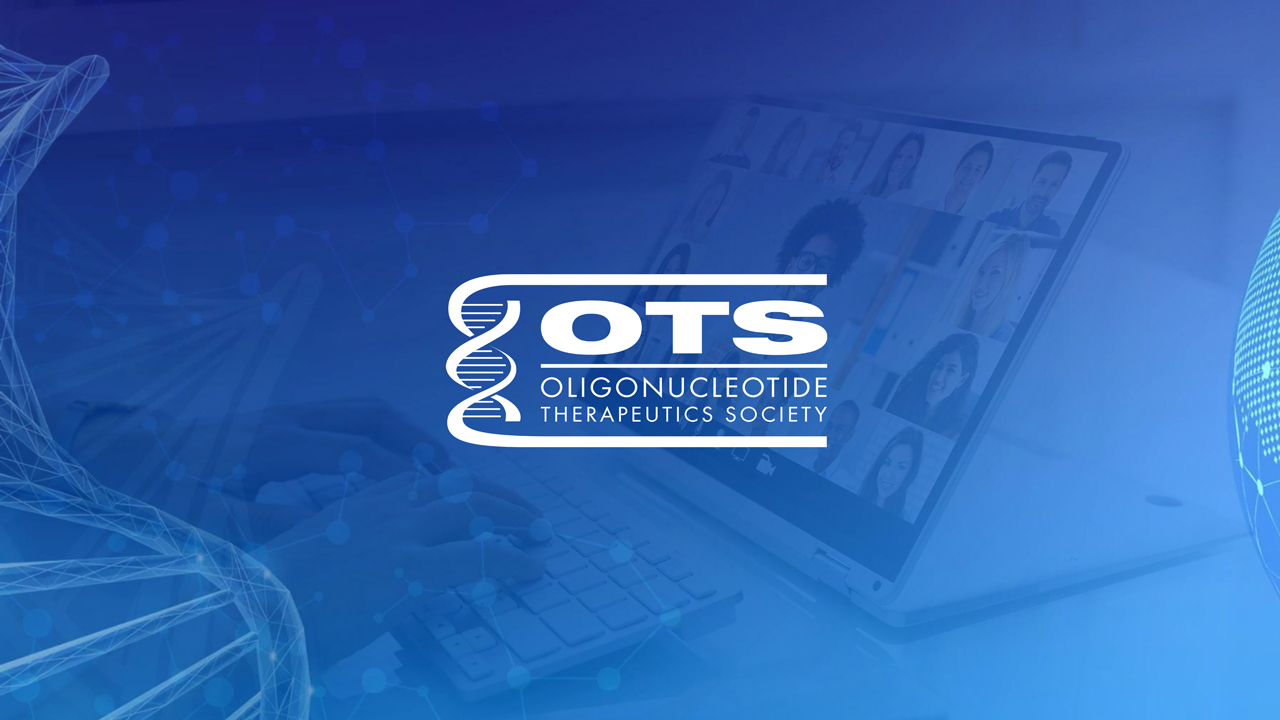
We enjoyed another excellent Annual Meeting this year! A more extensive meeting review from the organizing committee will be forthcoming, so be sure to watch for it. In the meantime, here is a broad overview highlighting a few of the many fascinating and intriguing presentations.
Bob Letsinger, PhD – 100 Years of History
Many of you probably enjoyed hearing from the incredible minds who presented a full session about Bob Letsinger, PhD, a pioneer in developing DNA synthesis. In addition to his invaluable contributions to the field, it was particularly noteworthy to hear one theme emerge from every single speaker: Bob Letsinger’s tremendous ability to teach and mentor those around him. We learned that he was approachable, a good teacher, motivated those around him in a positive and productive manner, and encouraged people to enjoy science while producing excellence. It is a testament to Bob Letsinger’s character that so many leading scientists studied under him.
Rare Diseases and the Role of Patient Advocates
One of the highlights of the conference was the session featuring the creation of designer drugs to treat just one individual with an extremely rare genetic disease. Oligonucleotides are a perfect solution to treat many rare or N-of-1 diseases because they can precisely target the disease-causing mutation, are relatively inexpensive to manufacture, and are able to be customized rapidly. We learned about personalized drugs that have been and are being developed for patients, and groups that are enabling this wonderful work to be done.
Although less expensive to manufacture, oligonucleotide therapeutics are still costly to develop and test. Due to the low number of patients needing the drugs, it is not commercially viable for pharmaceutical companies to invest in developing them, yet the cost of these drugs is far beyond the ability of the average person to pay. So, solutions need to be found to stand in the gap for these individuals. Conference attendees learned about the formation of non-profits to do just this.
n-Lorem has been formed to create ASO drugs for patients with ultra-rare genetic diseases and has developed an excellent, sustainable model. Dr. Stanley Crooke, the founder of both Ionis and n-Lorem, is hopeful that other companies will contribute to and collaborate on the work begun by n-Lorem and learn from the systems in place that are working so beautifully to connect patients, medical providers, and oligonucleotide therapeutics so these individuals can have a chance at attaining the medications they so desperately need.
Dr. Timothy Yu identified the splicing defect responsible for Mila Makovec’s rare form of Batten disease and developed an ASO to treat Mila along with a large team of colleagues. In the process, he was introduced to this community and realized the extent of the challenges in treating those with rare genetic mutations. He shared about the formation of the N=1 Collaborative, which is being formed to take on the unmet needs in ultra-rare diseases, and bring together individuals who have the knowledge and power to provide solutions. There are many hazards to navigate, including scientific, clinical, regulatory, logistical, financial, legal, ethical, safety, and patient expectations. We heard about the progress n-Lorem has made, and the Dutch Center for RNA Therapeutics has also been launched to develop customized RNA therapies with rare genetic diseases. However, it is difficult for each individual company or nonprofit to navigate all these difficulties. The N-of-1 Collaborative hopes to bring about much more rapid progress through collaboration.
Dr. Robert H. Brown shared with us the progress in developing ASOs to treat a patient with a rare genetic mutation that causes amyotrophic lateral sclerosis (ALS). ASOs were developed to restore the expression of full-length Stathmin-2 protein and one was chosen after displaying safety in mice and rats. They have now initiated a single-patient compassionate use dose escalation study in a patient with sporadic ALS. As Dr. Brown shared, this and other rapidly developed personalized medicines have shown that nucleic acid therapies can be rapidly applied to new targets quickly enough to provide benefit to those with rare and rapidly progressing diseases.
Dr. Elizabeth Berry Kravis discussed investigational ASOs to treat Angelman Syndrome (AS), which can be caused by multiple defects. Improvements began at the lowest two doses of the ASO and patients displayed improvements in sleep, motor skills, communication, and behavior. Adverse events, including one serious adverse event, were observed, but clinical improvements were sustained longer than the SAE. Clinical trials are being resumed with amended protocol for dose and administration.
Dr. Pushkal P. Garg shared about the development of Lumasiran for Primary Hyperoxaluria Type 1, a rare metabolic disorder. Lumasiran is a GalNAc conjugated siRNA that was approved in November of 2020. He emphasized the critical role that the advocacy community can play in getting the word out, letting the teams know what patients want from the drug and creating end points, and getting the drugs approved. Extensive input and contributions from key stakeholders in the patient advocacy, physician, and regulatory communities led to successful development of lumasiran for PH1, followed by a rapid and full approval.
Dr. Haiyan Zhou’s shared progress in developing an ASO for a patient with a very rare genetic mutation that causes Niemann-Pick type C. After determining that two mutations were responsible for this patient’s, antisense oligonucleotides were screened to determine which was most effective at increasing NPC protein expression in the patient’s fibroblasts, and treatments were started in 2020. Dr. Zhou mentioned that they were inspired by the study of Milasen and have contacted n-Lorem for a potential clinical study in this patient following the recently published FDA draft guidance of individualized ASO drug products. Two other individuals have been discovered to carry the same mutation. So, as you can see, efforts to collaborate to provide therapies for patients with rare disease-causing mutations are already proving to be successful, and these individuals’ lives may be improved due to the efforts of our community.
Awards Session
This year’s award winners were selected for their outstanding contributions to the field and OTS would like to congratulate Hassan Fakih, Kotaro Yoshioka, MD, PhD, and Alex Garanto, PhD.
Hassan Fakih from the Department of Chemistry, McGill University was awarded the Dr. Alan M. Gewirtz Memorial Scholarship – Graduate Students for his work on designing and testing DNA-based nanocarriers to deliver nucleic acid therapeutics with characteristics that enable them to move faster into clinical trials. His work resulted in producing simple yet effective sequence-controlled nucleic acid-polymer conjugates that assemble into spherical nucleic acids (SNAs) with stimuli responsive activation, as well as FANA modified-SNAs that show promising results of efficacy without any transfection agents.
Kotaro Yoshioka, MD, PhD of the Department of Neurology and Neurological Science, Tokyo Medical and Dental University was awarded the Dr. Alan M. Gewirtz Memorial Scholarship – Postdoctoral Fellows and Junior Industrial Professionals. He has developed a unique double-stranded ASO technology, “Heteroduplex oligonucleotide (HDO)” that can silence the target microRNA in vivo more efficiently than the original single-stranded antimiR with a novel intracellular mechanism. He also developed a novel neuroactive double-stranded ASO, overhanging duplex oligonucleotide (ODO), that enables highly efficient delivery to multiple tissues, including skeletal muscles, peripheral lymphocytes, and intestines via systemic injections, and to the brain via intraventricular injection. This double-stranded HDO-technology via CSF route enables significant improvements of CNS-toxicities of ASO and increases therapeutic index in mice and cynomolgus monkeys.
Alex Garanto, PhD of the Radboud University Medical Center was awarded the Mary Ann Liebert, Inc. publishers Young Investigator Award. His work focuses on the design and characterization of antisense oligonucleotides (ASOs) as a potential approach to treat inherited retinal diseases. Part of his preclinical work in targeting an intronic mutation in CEP290 led to a clinical trial that is currently in phase 3. He and his colleagues expanded the use of ASOs to correct splicing defects in other retinal disease-associated genes, such as CHM and ABCA4. Especially for ABCA4, more than 25 splicing defects caused by (deep-)intronic variants have been successfully corrected using ASOs and currently, some of these ASOs are being further characterized for clinical application.
The Next Gen Session: Best Talk Award went to James Thorpe of McGill University for his talk about Scalable Synthesis of DNA and RNA Oligomers Using Mechanochemistry. He discussed interesting progress in using mechanochemistry to make oligonucleotide synthesis more economical and environmentally friendly.
The Paper of the Year Award went to Dr. Vasant Jadhav and his co-authors for their work on Investigating the pharmacodynamic durability of GalNAc-siRNA conjugates. Two Papers of the Year – Late Discovery awards were given for the Moderna and Pfizer/BioNTech mRNA vaccines.
We would also like to congratulate this year’s Poster Award Winners.
Clinical Studies Session
During the Clinical Studies Session, we were privileged to receive a very thorough overview of the development process of the Moderna COVID-19 vaccine from Dr. Randall Hyer. He provided excellent information that is definitely worth reviewing if you have not had a chance to watch the presentation, and here are some interesting takeaways. Both neutralizing and binding antibodies persist for at least 6 months after vaccination in all ages, and ongoing studies are evaluating the duration and breadth of protection against current and emerging variants. The population of the Cove Study closely represents the population of the US, with a much greater percentage of Hispanic or Latinx, Asian, and Black or African American participants than most clinical trials. 17% of participants under 65 had comorbid conditions and 25% were over the age of 65. This shows that the vaccine is effective across all ages and a broad range of races. Interestingly, the vaccine efficacy is slightly higher (97.5%) in communities of color than in white participants (93.2%). Trials are currently underway to determine safety and immunogenicity in adolescents (12-17 years) and children (6 months through 11 years). They are also assessing the effectiveness of a booster dose, as well as when to administer a booster, at what dose, and whether to include variants.
Dr. Ken Newman discussed the progress in developing an inhaled ASO targeting hyperactive ENaC for cystic fibrosis (CF) patients. ENaC inhibition rehydrates the airways, improves mucociliary clearance, and reduces mucus production. Doses in the study were delivered via the PARI eFlow nebulizer, which delivered the ASO quickly and quietly and worked well with no complaints. There was broad distribution and potent activity in the lungs after aerosol delivery. It was well tolerated in healthy volunteers and CF patients with no apparent safety issues, few adverse events, and no evidence of pro-inflammatory effects in the lungs. However, after completion of the study, clinical development was terminated because, although monkey tolerability through 13 weeks was acceptable to initiate Phase 1 and 2 trials, local lung inflammation in monkeys progressed significantly at 9 months after chronic treatment. Dr. Newman did state that they learned a significant amount for future inhalational studies and will be doing additional work.
Dr. Laura Sepp-Lorenzino of Intellia discussed creating a modular platform using CRISP-Cas9 to treat genetic diseases in vivo and to create a therapy ex vivo for immune-oncology and autoimmune diseases. Their in vivo liver editing modular platform uses LNP delivery and is currently used in NTLA-2001 which knocks out the TTR gene with a single dose to reduce TTR protein to treat ATTR Amyloidosis. In the Phase 1 study, it proved to be generally well-tolerated and results in a deep reduction of TTR that should lead to clinical results. This is very exciting as it is the first-ever clinical trial that shows safety and efficacy of in vivo CRISPR genome editing in humans! Their next study will investigate the use of NTLA-2002 to knock out the KLKB1 gene to reduce kallikrein activity to prevent severe swelling attacks in patients with hereditary angioedema (HAE).
Dr. Stephen Huang spoke about Alnylam’s Phase 1 trial of ALN-AGT01 (Zilebesiran), a siRNA that targets angiotensinogen (AGT) to reduce blood pressure in patients with hypertension. This exciting therapy could be beneficial to a great number of people as hypertension is a serious problem that currently affects half of all adults in the United States, according to the CDC. Zilebesirin was safe and doses over 100 mg provided durable reduction of serum AGT for 12 weeks after a single dose. At week 12, serum AGT was reduced 96-98% in all patients who received a single dose of 800 mg. These reductions showed corresponding reductions in blood pressure and blood pressure remained reduced compared to placebo over the entire 24-hour period observed. Three Phase 1 cohorts are ongoing and Alnylam is planning two Phase 2 studies with Zilebesiran as a monotherapy and as an add-on treatment.
A Few Other Intriguing Presentations
In Session VI, Dr. Andrew Anzalone from Prime Medicine described Prime Editing. Unlike other CRISPR-Cas systems, this platform only cuts one strand of DNA, not both strands. Prime Editors and pegRNAs install the edit into one DNA strand and DNA repair copies the edit into the complementary DNA strand. Prime editing can select one base and convert it to any of the other bases. It can also be used to make small and large insertions or deletions, showing that it is very versatile. It is also less constrained by PAM, can precisely correct disease-causing mutations, and offers high levels of on-target desired edits with low levels of byproducts and far fewer off target edits than Cas9 nuclease.
Session IX included two remarkable presentations on imaging. The first was Dr. Haibo Jiang’s presentation on high-resolution visualization of ASOs in cells and tissues using nanoscale secondary ion mass spectrometry (NanoSIMS) imaging. With NanoSIMS, they were able to image major organelles in cells, which makes it possible to define ASO uptake and distribution in different subcellular compartments and to quantify the impact of targeting ligands designed to promote ASO uptake by cells.
The second, Dr. Jenna Sullivan’s presentation on using nuclear imaging to see the distribution of intrathecal ASOs, goes the opposite direction. Rather than zooming in to the cellular level, Dr. Sullivan collaborated with a few other companies to develop a radiolabeled ASO that allows one to view distribution of ASOs throughout the entire CNS, without needing any tissue samples. This method is stable in vitro and in vivo, and they recently demonstrated that a radiolabeled ASO provides in vivo measure of ASO biodistribution in humans.
Concluding Remarks
We would like to express our gratitude to our OTS president, Annemieke Aartsma-Rus, for your leadership and work on behalf of our community.
A special thanks goes to the Organizing Committee: Co-Chairs Daniel O’Reilly, PhD, Ronald Buijsen, PhD, Joseph Ochaba, PhD, and Erin M. McConnell, PhD, along with the committee members Annemieke Aartsma-Rus, PhD, Leonora Abdullahu, Shalini Anderson, PhD, Annabelle Biscans, PhD, David Corey, PhD, Masad J. Damha, PhD, FCIC, Keith Gagnon, PhD, Bruno Godinho, PhD, Holly Kordasiewicz, PhD, Aurélie Lacroix, PhD, Marc Lemaitre, PhD, Martin Maier, PhD, John Maraganore, PhD, Mano Manoharan, PhD, Jimmy Weterings, PhD, and Timothy Yu, PhD. Without their hard work, dedication, and excellent ideas, this year’s conference would not have been the insightful, educational, and interesting meeting that we were privileged to attend.
We thank every single person who spoke this year. Whether or not you were specifically mentioned, we want you to know that we appreciate your invaluable contribution to the field and your thoughtfulness in sharing your work with us.
Thank you to the session chairs, sponsors, exhibitors, members of the award committee, each person who submitted a poster, and everyone else involved in producing the seamless and enjoyable conference.
Finally, we want to thank each one of you who attended, as we had over 1,000 attendees contributing to this year’s success!
If you haven’t yet viewed all the sessions or missed some of the On Demand presentations or posters, we highly recommend taking a bit of time to go back and see them. On Demand content is available until December 29, 2021, so be sure to take advantage of the opportunity to access it at your leisure!


